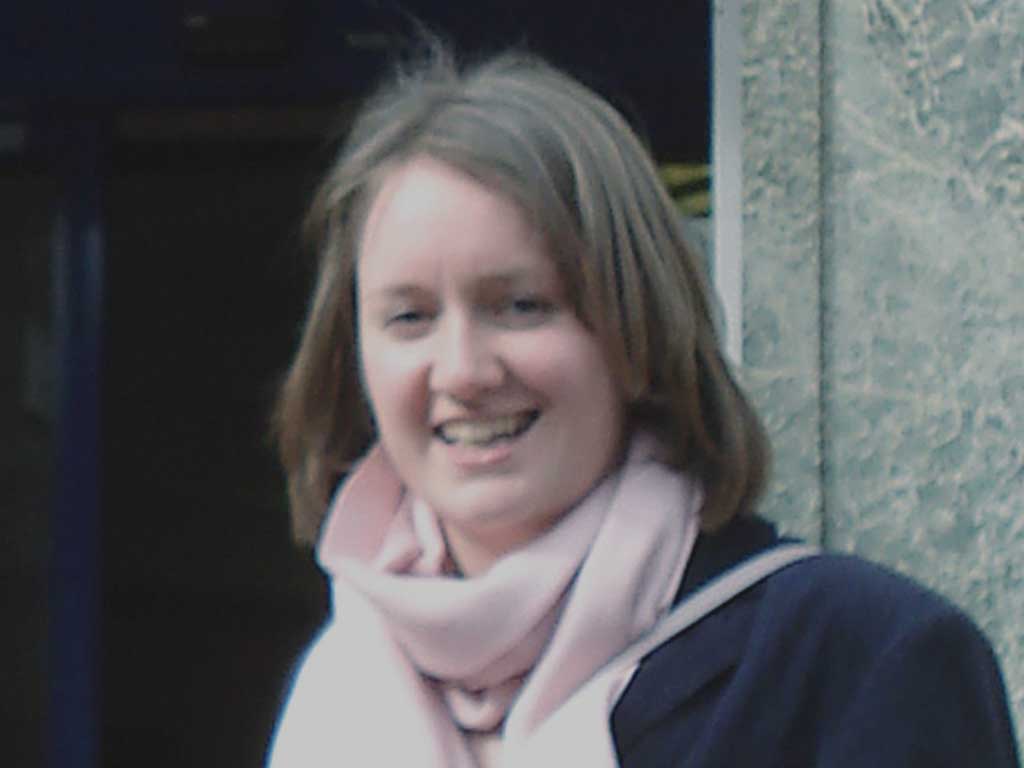Kidnappers were ready to execute a hostage, telephone calls revealed
Taliban plans forced SAS to bring forward daring rescue mission

The Taliban kidnappers of a British aid worker may have been preparing to execute one of their hostages, it emerged yesterday, as new details about the events leading up to their successful rescue by SAS troops filtered out of Afghanistan.
As Helen Johnston continued to recover from her ordeal in the country's capital, Kabul, Western and Afghan security sources said that the operation was brought forward due to reports about her captors' intentions.
The dramatic mission in Badakhshan province early on Saturday resulted in Ms Johnston, 28, and her three colleagues being freed from the cave complex where they were being held. Her eight kidnappers were killed in a firefight, but there were no injuries to the hostages or their Nato and Afghan rescuers.
The armed gang held talks with other affiliates about the possible benefits of executing one of the four aid workers after their demands for a $5m (£3.3m) ransom and the release of six prisoners being held at Polichakri prison in Kabul were not met.
Telephone interceptions revealed that there was a debate about whether one of the Afghans or a foreign hostage should be killed. One faction argued that the latter were too valuable to be sacrificed at this stage, but the opposing view was that only the shooting of a foreigner would send a clear enough message. It is believed that Ms Johnston's Kenyan colleague, Moragwa Oirere, may have been the intended victim.
Talks were also being held by the abductors with insurgent factions, including the Islamic Movement of Uzbekistan, with the view of selling on the hostages. A number of IMU suspects were on trial in Tajikistan and, it was feared, the group may have tried to use the "assets" they bought to bargain with the Tajik government.
Shafiqullah Tahiri, a spokesman for the National Directorate of Security, the Afghan intelligence service, revealed yesterday that the murder of a hostage was looking increasingly likely and that there were definite indications of a move to Tajikistan which, in turn, would have made a rescue much more difficult.
The kidnappers had reduced their ransom demand, varying between $1m and $1.5m in negotiations, he said, but had become frustrated at official refusal to make the payment.
However, there was still apprehension about the chances of an operation going wrong, following the deaths of British hostage Linda Norgrove and Afghan journalist Sultan Munadi in two previous kidnappings.
The Prime Minister, David Cameron, gave the go-ahead after a third meeting of the Cabinet's emergency response committee, COBRA. This followed reassurances from General John Allen, the US commander of international forces in Afghanistan and his deputy, the British Lieutenant General Adrian Bradshaw who, in particular, has experience of these types of missions. Much of the meticulous planning for the highly-difficult mission involving 22 SAS, US Delta Force and Afghan special forces troops, known as Tiger Teams, was supervised by Lt Gen Bradshaw.
Mr Cameron said he had taken the "extraordinarily difficult" decision to order the mission but offered a sober warning that not all aid workers can expect to come out of similar future situations alive or unscathed. "I can't promise that on every occasion we'll be able to rescue them or that on every occasion it will end as happily," he said.
Subscribe to Independent Premium to bookmark this article
Want to bookmark your favourite articles and stories to read or reference later? Start your Independent Premium subscription today.

Join our commenting forum
Join thought-provoking conversations, follow other Independent readers and see their replies